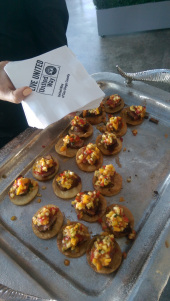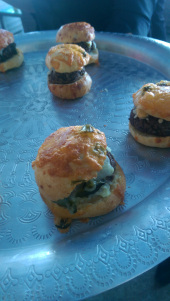How to get ready for the CalFresh Challenge
/September is Hunger Action Month, an opportunity to learn and take action for the one in eight people in San Diego County who don’t have access to enough food.
Starting Monday, September 19, we’re challenging you to eat for $4.27 per day, the average daily amount for a local individual enrolled in CalFresh, formerly known as food stamps. When you take the CalFresh Challenge for just one day or for up to a week, you’ll experience a glimpse of what life is like for the thousands of people in our community who rely on CalFresh. Click here to learn more and register.
Why register for the 2016 CalFresh Challenge?
- Raise hunger awareness
- Debunk common CalFresh myths
- Deepen personal understanding of food scarcity
Cick here to take the CalFresh Challenge
Have you already signed up? Here are your guidelines:
1. Budget for the Challenge
The budget for one day is $4.27. The budget for the entire week is $29.89.
2. Stick to the Budget
This includes all food, beverages and snacks purchased and eaten during the Challenge, including fast food and dining out.
3. Only Eat Food You Purchase During the Challenge
Do not eat food that you purchased before the Challenge began.
4. Do Not Accept Free Food
Avoid accepting free food from friends, family, or coworkers, including receptions or meetings.
For more tips on planning your meals, please take a look at these resources.
Share Your Experience
Share your personal updates and photos on social media throughout the Challenge using#CalFreshChallenge. Plus, stay tuned to this blog for updates from people taking the 2016 CalFresh Challenge – and add your own update. Please email katy@gomixte.com if you’re interested in writing a blog post about your CalFresh Challenge experience.
Bonus: Fundraise
To raise funds essential to increasing CalFresh enrollment for families facing food scarcity in San Diego County and to make your experience more meaningful, please consider fundraising for the San Diego Hunger Coalition. This year, individuals who raise $250 or more toward the 2016 CalFresh Challenge will receive a San Diego Hunger Coalition tote bag – a small thank you for your support.





























